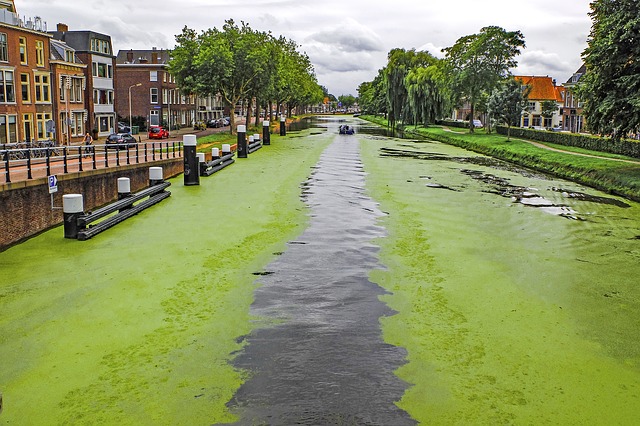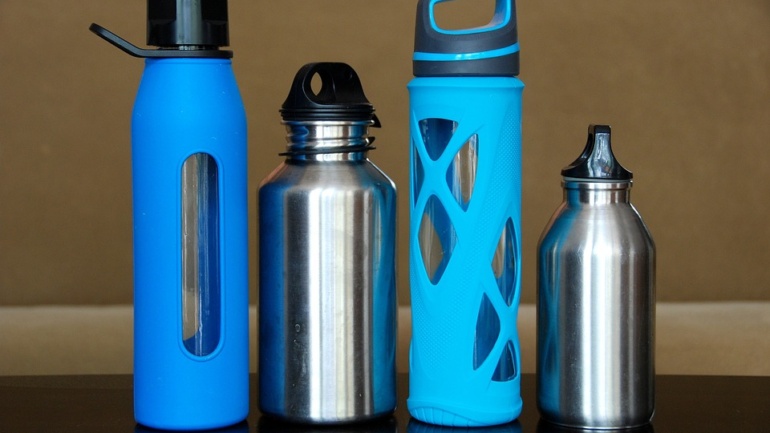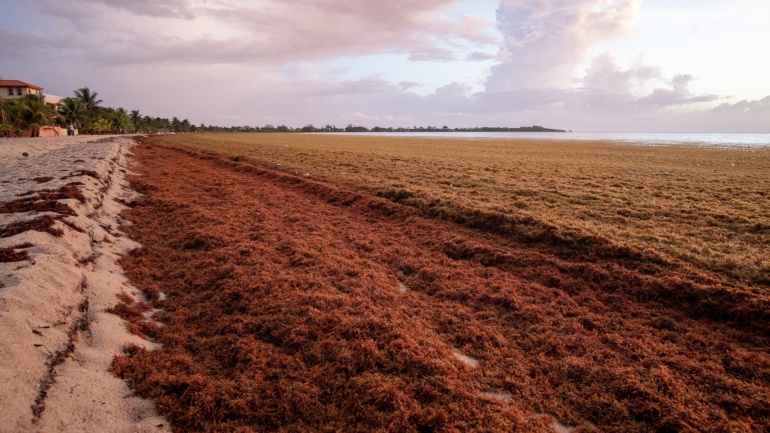By Taylor Schaefer, Writing Project Leader of Save the Water™, August 16, 2016
Long Island, New York has a long history of using septic tanks and cesspool systems for waste removal. Unfortunately, these outdated systems have a high rate of failure and contribute to the serious health and environmental issues. A recent study conducted by The New York State Center for Clean Water Technology (CCWT) at University of Stony Brook, has found that the approximately 360,000 septic tank/leaching systems and cesspools that serve 74% of homes across Suffolk County have caused the concentrations of nitrogen in groundwater to rise by 50% since 1985.1
Human waste is polluting the groundwater as well the surrounding rivers, bays, and oceans. In fact, Long Island experienced toxic red tides, beach closures and an extensive loss of marine life, including hundreds of turtles and tens of thousands of fish in 2015.5 A combination of exponential population growth and poor waste management has caused a nitrogen overload. Increased nitrogen can also be traced to vast amounts of fertilizer used on lawns, golf courses and vineyards.7
Excessive nitrogen can be detrimental to different bodies of water because it creates algae bloom that releases a potent neurotoxin that paralyzes and eventually kills wildlife.8 It is also working its way into the groundwater and can result in restriction of oxygen transport in the bloodstream in humans. High nitrogen levels are correlated with colon cancer, bladder cancer, and non-Hodgkin’s lymphoma.
Septic tanks and cesspools have leaching pools which are designed to facilitate the dispersal of sewage within the soil. This is where the process of nitrification occurs and eventually enters the groundwater. However, The CCWT has discovered that Nitrogen Removing Biofilters (NRBs) are potentially capable of efficiently removing the excess nitrogen.This system is different from standard leaching fields because it utilizes a straightforward design made from natural materials to remove large amounts of nitrogen via microbial processes.1
NRBs pump chambers typically consist of a layer of sand overlying a layer of a combination of sand and finely ground wood that is dosed by a low-pressure distribution system. Most of the nitrogen being released from the septic tank is organic nitrogen and ammonium. As the solids sink to the bottom of the septic tank, the fluids will enter the top of the NRB via a pressure dispersal system. From this point ammonium rich fluids are oxidized to nitrate as it filters through the first sandy layer. Then, after passing through the upper sand layer of the NRB, most of the nitrogen is converted to nitrate which passes through a layer of sand mixed with wood chips. This layer provides the carbon source for the denitrification to occur.
NRBs operate largely by gravity, making them a low-maintenance option. Also, the combination of sand and wood makes this system more economical because it is estimated to last multiple decades.4, 5
Tests have shown that NRBs have been able to remove high percentages of nitrogen (up to 90%), as well as other water contaminants.2
Professor Dr. Harold Walker from Stonybrook University confirmed,“Beyond the high nitrogen removal rates these systems are achieving in test scenarios, they are also showing the highly efficient removal of most pharmaceuticals and other personal care products.1 Additionally, they are passive systems by design, which means they are low maintenance and require little energy to operate.”
Groundwater contamination on Long Island can be detrimental to the health of surrounding communities. The eutrophication of lakes, rivers, and bays is killing sea and plant life, destroying habitats, and disrupting the ecosystem. It is imperative for residents to start using more effective methods of reducing nitrogen in order to ameliorate the current problems. Fertilizer consumption, sewage, pesticides and countless other pollutants are being pumped into our groundwater and waterways every day. Innovation and new technology like NBRs must be used to mitigate and prevent new outbreaks in order to save marine life as well as human lives.
References
- Center For Clean Water Technology (CCWT). Stonybrook University. 2016. “Center Issues White Paper on Potential Replacement for LI Cesspools Removes Nitrogen & Other Contaminants” http://www.stonybrook.edu/commcms/cleanwater/whitepaper.html?utm_source=hamptons&utm_medium=community&utm_campaign=article
- Heufelder, G. 2015. “The attenuation of selected contaminants of emerging concern in shallow-placed soil absorption systems”. www.nowra.org/Files/Resource_Library/NOWRA…/Heufelder.pdf
- New York State Center for Clean Water Technology. “Nitrogen Removing Biofilters for Onsite Wastewater Treatment on Long Island Current and Future Prospects.” June 2016. http://www.stonybrook.edu/commcms/cleanwater/White%20Paper%20Final%206.19.20.pdf
- Robertson, W.D. and Cherry, J.A. 1995. “In Situ Denitrification of Septic-System Nitrate Using Reactive Porous Media Barriers: Field Trials.” Ground Water. 33(1): 99-111.
- Robertson, W.D., Brown, C.J., Brown, S.J. 2009. “Rates of nitrate and perchlorate removal in a five-year old wood particle reactor treating agricultural drainage.” Ground Water Monitoring and Remediation. 29(2): 87–94.
- Semple, K. New York Times. “Long Island Sees a Crisis as It Floats to the Surface.” June 5, 2015. http://www.nytimes.com/2015/06/06/nyregion/long-island-sees-a-crisis-as-it-floats-to-the-surface.html?_r=0
- Ulfelder, B. Metrofocus. “The Safety Of Long Island’s Water.” January 12, 2016. http://www.thirteen.org/metrofocus/2016/01/the-safety-of-long-islands-water/
- USGS.“Nitrogen and Water.” http://water.usgs.gov/edu/nitrogen.html





